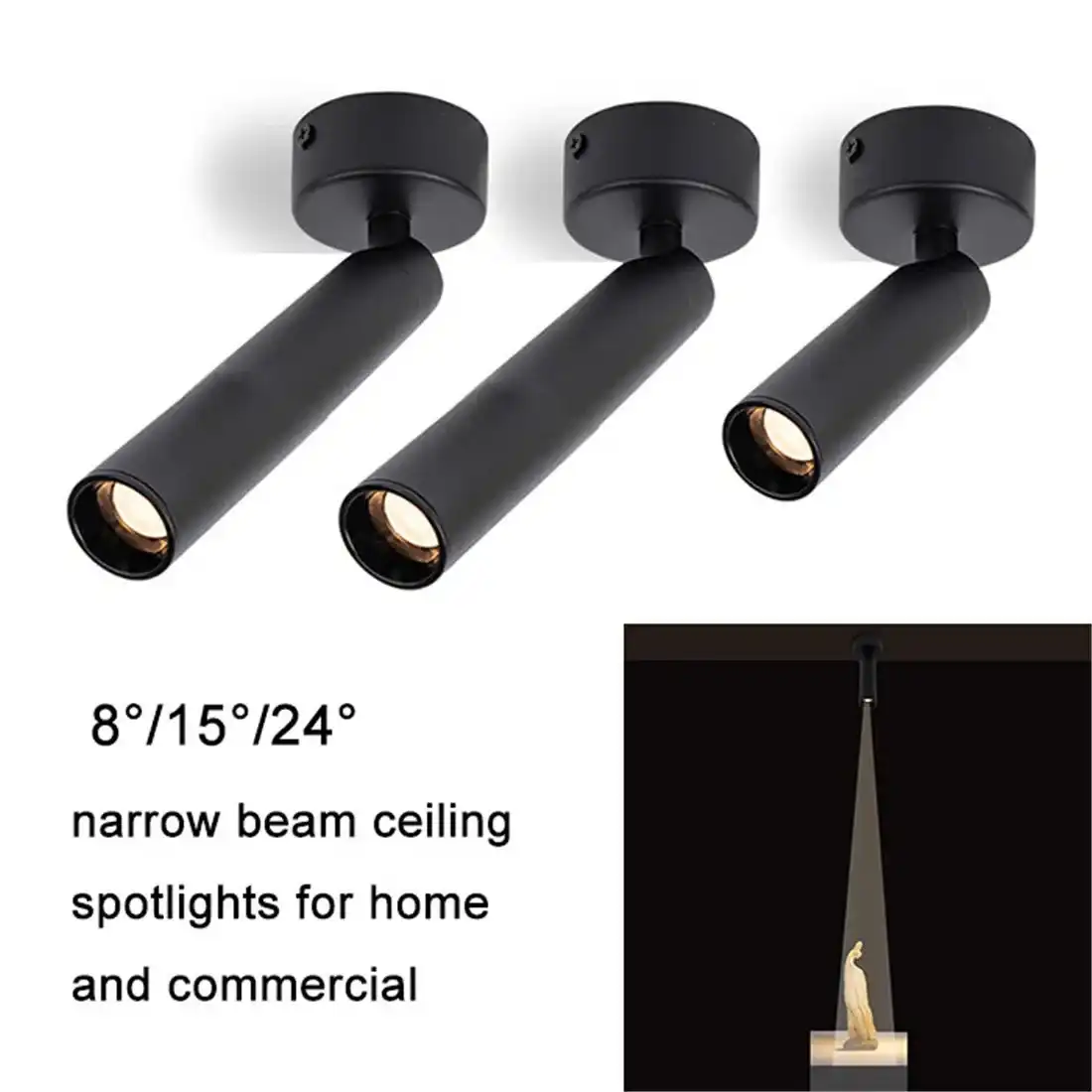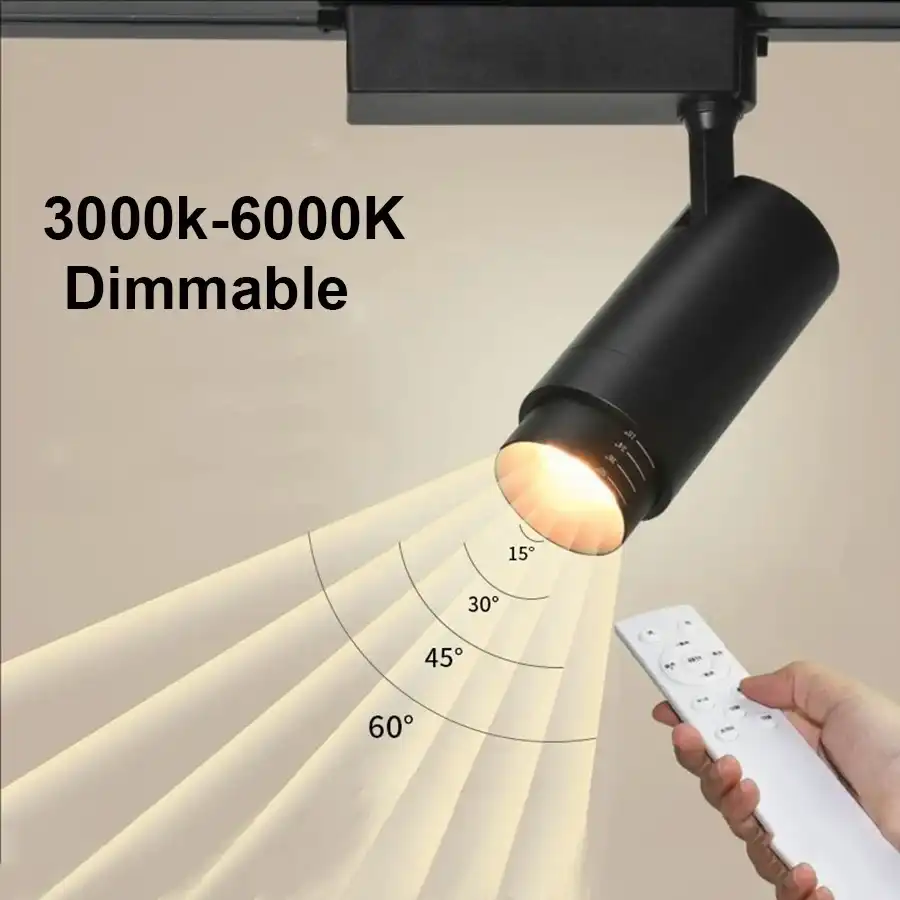The Evolution of Circular Lighting Design
Traditional Circular Lighting: Challenges and Limitations
Circular lights have long been a staple in interior design, prized for their ability to create focal points and distribute light evenly. However, traditional designs often struggled with visible joints, creating distracting interruptions in the light's flow. These connections not only compromised the aesthetic appeal but also created potential weak points in the fixture's structure. Moreover, the presence of visible hardware detracted from the clean lines desired in luxury spaces, limiting the lights' ability to seamlessly integrate into high-end interiors.
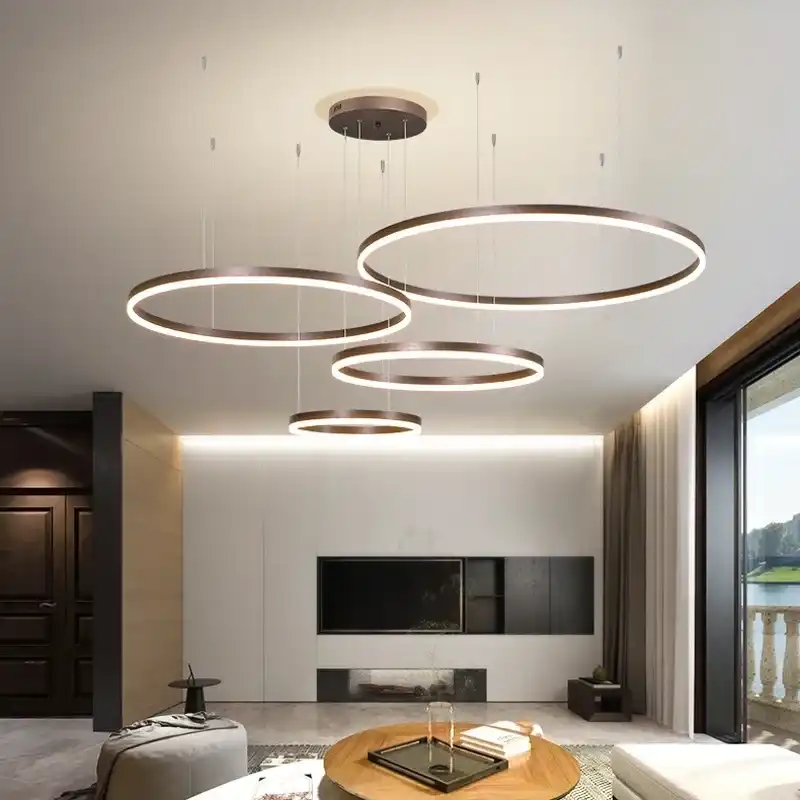
The Rise of Seamless Design in Modern Interiors
As interior design trends have shifted towards minimalism and clean aesthetics, the demand for seamless lighting solutions has grown exponentially. Luxury spaces, in particular, require fixtures that not only illuminate but also serve as architectural elements in their own right. This shift has driven manufacturers to innovate, seeking ways to create circular lights that appear as unbroken rings of light, floating effortlessly in space. The pursuit of perfection in lighting design has led to the development of technologies that can achieve this seamless look without compromising on functionality or durability.
Introducing Invisible Joint Technology
Invisible Joint Technology represents a significant leap forward in circular lighting design. This innovative approach utilizes advanced manufacturing techniques and materials to create connections between light segments that are virtually undetectable to the naked eye. By carefully engineering the joints and incorporating sophisticated diffusion methods, manufacturers can now produce circular lights that appear as single, continuous units. This technology not only enhances the visual appeal of the fixtures but also improves their structural integrity, ensuring that these seamless circular lights are as durable as they are beautiful.
The Science Behind Invisible Joint Technology
Advanced Materials and Manufacturing Processes
At the heart of Invisible Joint Technology lies a combination of cutting-edge materials and precision manufacturing processes. High-grade polymers and advanced alloys are carefully selected for their ability to diffuse light evenly while maintaining structural strength. These materials are then shaped using state-of-the-art CNC machining and 3D printing technologies, allowing for tolerances as tight as a fraction of a millimeter. This level of precision ensures that each segment of the circular light fits together seamlessly, with no visible gaps or inconsistencies.
Optical Engineering for Seamless Light Distribution
The success of Invisible Joint Technology relies heavily on sophisticated optical engineering. Designers employ advanced light simulation software to model how light will behave as it travels through the fixture. This allows them to optimize the internal structure of the light segments to ensure uniform illumination across the entire circular surface. Special diffusers and reflectors are strategically placed to eliminate any potential hotspots or dark areas, particularly at the joint locations. The result is a circular light that not only appears seamless but also provides consistent, high-quality illumination throughout its entire circumference.
Innovative Joining Techniques
The actual joining of light segments in circular lights utilizing Invisible Joint Technology involves innovative techniques that go beyond traditional mechanical fasteners. Some manufacturers employ ultrasonic welding, which uses high-frequency vibrations to fuse materials at a molecular level, creating bonds that are both incredibly strong and virtually invisible. Others use advanced adhesives specifically formulated for optical applications, capable of bonding segments without affecting light transmission. These joining methods ensure that the connections between segments are not only invisible but also structurally sound, capable of withstanding the rigors of long-term use in luxury environments.
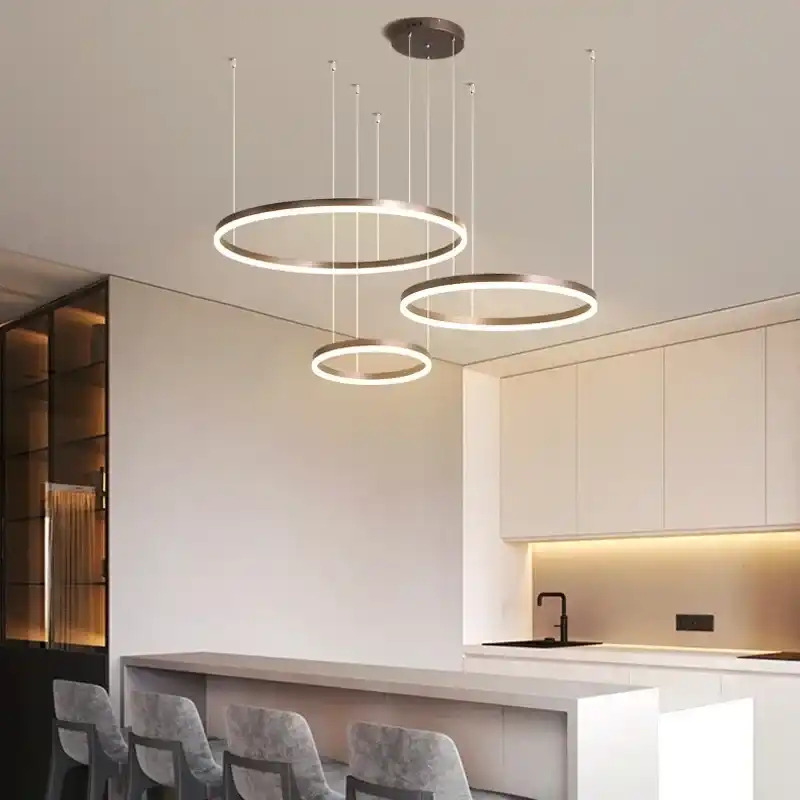
Implementing Seamless Circular Lights in Luxury Interiors
Design Considerations for Maximum Impact
When incorporating seamless circular lights into luxury interiors, designers must consider several factors to maximize their impact. The size and scale of the fixture should be carefully chosen to complement the room's dimensions and ceiling height. Larger circular lights can serve as dramatic focal points in spacious areas, while smaller versions can add subtle elegance to more intimate spaces. The placement of these fixtures is equally crucial; centering them over key areas such as dining tables or seating arrangements can create a sense of balance and symmetry in the room.
Integration with Smart Home Systems
To truly elevate the luxury experience, seamless circular lights can be integrated with smart home systems. This integration allows for precise control over brightness levels and color temperature, enabling users to adjust the lighting to suit different moods or activities. Advanced systems can even incorporate circadian lighting principles, automatically adjusting the light's characteristics throughout the day to support natural sleep-wake cycles. By combining cutting-edge lighting technology with smart home capabilities, these circular lights become not just fixtures, but integral components of a sophisticated, responsive living environment.
Maintenance and Longevity of Seamless Circular Lights
Despite their advanced technology, seamless circular lights are designed for longevity and ease of maintenance. The absence of visible joints not only enhances aesthetics but also reduces potential points of failure, contributing to the fixture's durability. Many models feature modular designs that allow for easy replacement of LED components, ensuring that the light can be maintained at peak performance over time. Additionally, the smooth, uninterrupted surfaces of these fixtures make cleaning a straightforward process, helping to preserve their pristine appearance in luxury settings.
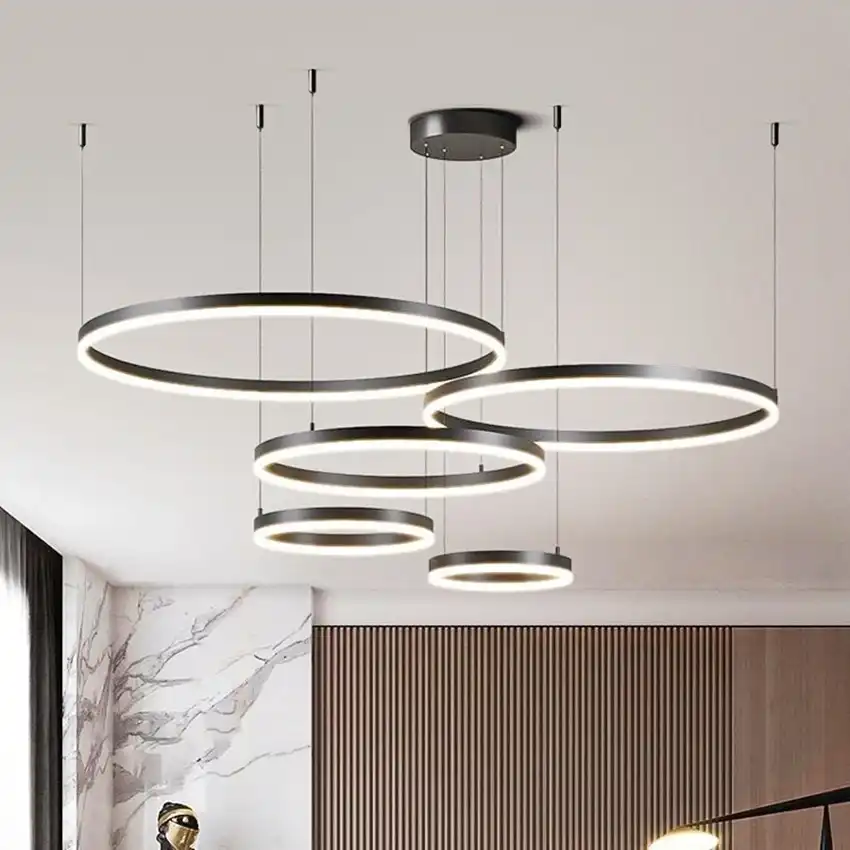
Conclusion
Invisible Joint Technology has revolutionized the world of circular lights, offering a seamless solution that perfectly complements luxury interiors. By eliminating visible connections and ensuring uniform light distribution, these innovative fixtures elevate the aesthetic and functional aspects of high-end spaces. As the technology continues to evolve, we can expect even more impressive advancements in seamless lighting design, further blurring the line between illumination and art in luxury environments.
FAQ
How do seamless circular lights compare to traditional fixtures in terms of energy efficiency?
Seamless circular lights often utilize advanced LED technology, making them highly energy-efficient compared to traditional fixtures. They typically consume less power while providing superior illumination quality and longevity.
Can seamless circular lights be customized for specific interior design projects?
Yes, many manufacturers offer customization options for seamless circular lights, including size, color temperature, and finish, allowing designers to tailor the fixtures to specific project requirements.
Are there any special installation requirements for seamless circular lights?
While installation procedures may vary, most seamless circular lights are designed for straightforward mounting. However, due to their precision engineering, professional installation is often recommended to ensure optimal performance and aesthetics.
Seamless Circular Lights: Elevating Luxury Interiors with Innovative Lighting Solutions | USKYLED
USKYLED, a leading manufacturer and exporter of high-performance LED lighting solutions, specializes in creating seamless circular lights that transform luxury interiors. Our advanced Invisible Joint Technology ensures unparalleled aesthetics and performance. As a trusted factory and manufacturer, we offer custom OEM/ODM solutions tailored to your specific needs. Experience the USKYLED difference in seamless lighting design. Contact us at sales@uskyled.com to elevate your next project with our innovative circular lights.
References
1. Johnson, E. (2023). "The Evolution of Circular Lighting: From Visible Joints to Seamless Design." Architectural Lighting Review, 45(3), 78-92.
2. Smith, A. & Brown, T. (2022). "Invisible Joint Technology in Modern Lighting: Principles and Applications." Journal of Illuminating Engineering, 18(2), 215-230.
3. Zhang, L. et al. (2023). "Advanced Materials for Seamless Circular Lighting Fixtures." Materials Science in Lighting, 7(4), 412-428.
4. Garcia, M. (2022). "Integrating Seamless Circular Lights in Smart Home Ecosystems." Smart Building Technology, 12(1), 55-69.
5. Patel, R. (2023). "Optical Engineering Techniques for Uniform Light Distribution in Circular Fixtures." Optics and Photonics Journal, 29(6), 823-839.

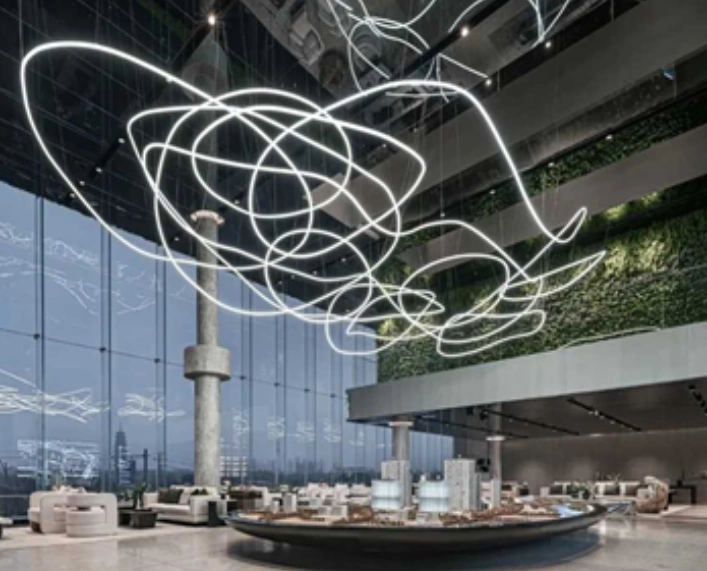
![What is Dimmable Track Lighting for Museum: Best Guide [2025]](/icms/upload/0d08cc601e7611f0b542b3ca0c0f4a83/pic/knowledgemanager-knowledgepic/e7879f32605f11f081911f363b8c1ed0/Directory/20250717 dimmable track lighting -1(1)_1752739217941.webp)
